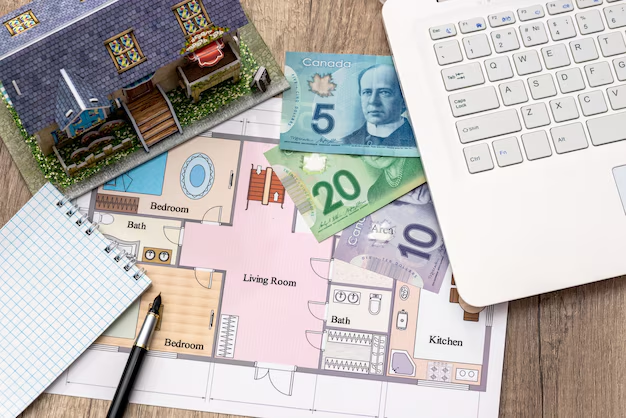Affordable Apartments: Navigating Low-Income Rentals Near You
Finding low-income apartment rentals that suit your budget can be a daunting task, but with a little persistence and the right tools, it’s entirely feasible. Whether you're tackling the competitive housing market or maneuvering through financial constraints, understanding how to locate affordable apartments is essential. This guide will walk you through the process and introduce resources to help ease your financial burden.
Where to Begin Your Search
To find apartments that cater to low-income renters, start by exploring local and online resources:
Housing Choice Vouchers (Section 8): These federal vouchers help low-income families pay rent in privately-owned residences. Contact your local Public Housing Agency (PHA) to check availability.
Affordable Housing Listings: Websites and local housing authorities often post listings tailored for low-income individuals. Pay attention to eligibility criteria, as income limits often apply.
Non-Profit Organizations: Community-driven non-profits sometimes offer housing assistance. Reaching out to these organizations can provide insights into housing you might not find elsewhere.
How to Demonstrate Eligibility
Qualifying for low-income housing typically requires proof of income and family size. Here’s how you can prepare:
Gather Documentation: Income statements, tax returns, and employment verification are crucial. Be ready to demonstrate your current financial status.
Understand Income Limits: These vary by location and family size, so it’s essential to understand the criteria set by housing authorities in your area.
Apply Early: Waitlists can be long, especially in high-demand areas. Applying regularly and keeping your information up-to-date will increase your chances.
Leveraging Financial Assistance Programs
Beyond finding a suitable apartment, understanding additional financial support options can be beneficial. There are several programs designed to alleviate housing costs and related financial stress:
Government Aid Programs: Subsidies and tax credits can reduce the financial burden of rent.
Emergency Rental Assistance: For those facing immediate housing instability, local governments often offer temporary support.
Utility Assistance Programs: These can lower the cost of energy and utility bills, reducing overall living expenses.
Additional Financial Resources
Securing affordable housing is only one component of financial stability. Consider exploring these solutions to enhance your financial health:
Debt Relief Options: If you’re burdened by debt, look into counseling services that can negotiate terms and lower interest rates.
Credit Card Solutions: Utilize credit cards that offer low interest or reward programs, which can help manage living expenses without accruing significant debt.
Educational Grants: Whether retraining for a new job or continuing education, grants and scholarships can provide the financial padding necessary to improve your income potential.
While finding the right low-income apartment can take time, understanding and utilizing available resources will streamline your efforts and bring you closer to securing affordable housing.
Financial Assistance & Opportunities 🏡💼
- 🏢 Housing Choice Voucher Program: Apply through your local PHA for rental subsidies.
- 🌟 Low Income Home Energy Assistance Program (LIHEAP): Helps with utility bills.
- 📚 Pell Grants: Financial aid for post-secondary education.
- 💳 Debt Management Programs: Services to help consolidate or reduce debt.
- 📈 Credit Counseling: Free or low-cost services to improve credit scores and financial literacy.
In navigating the complexities of low-income housing, patience and resourcefulness are key. By utilizing these tools and support systems, you'll set a strong foundation for a more secure and affordable living situation.
